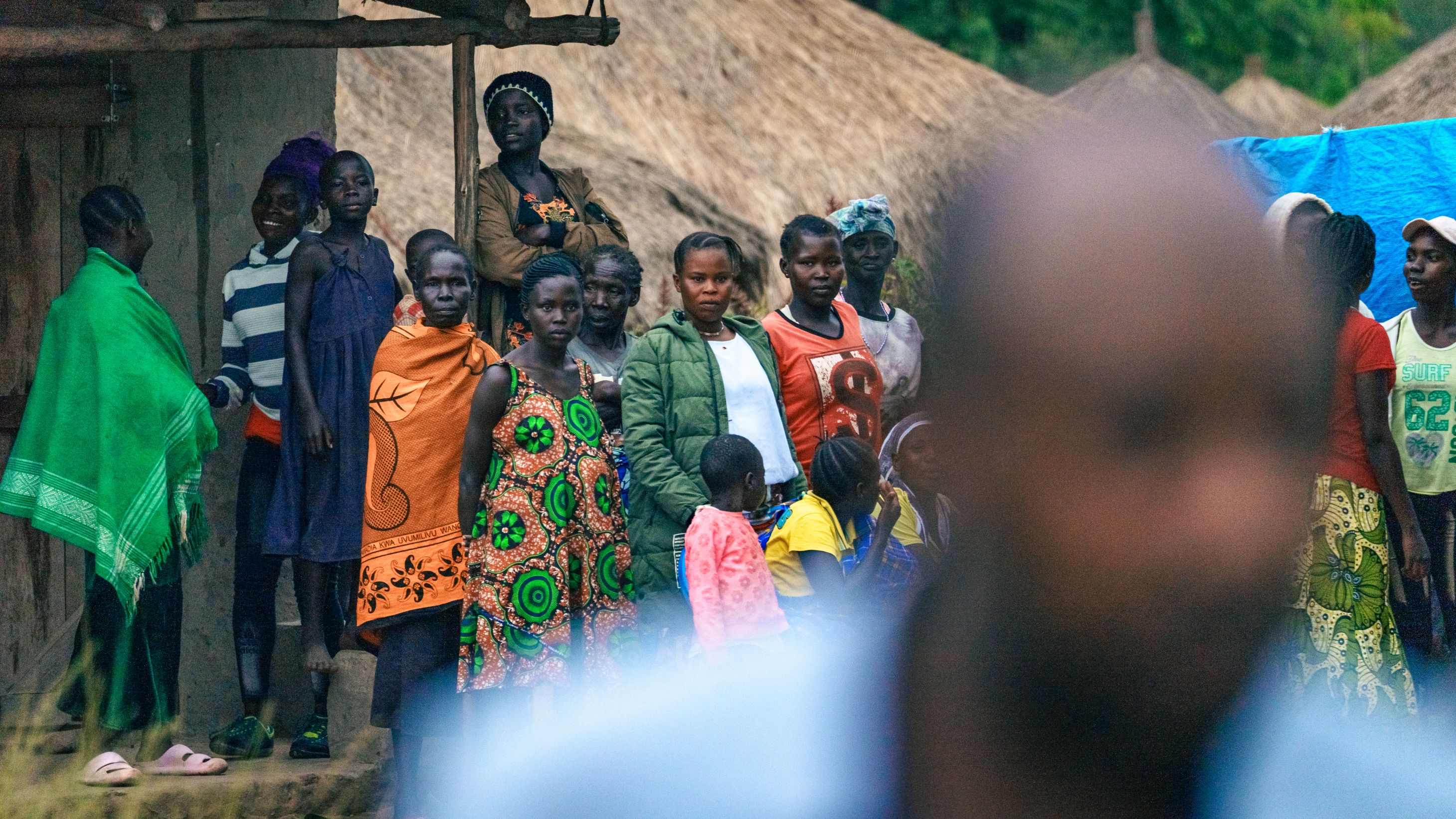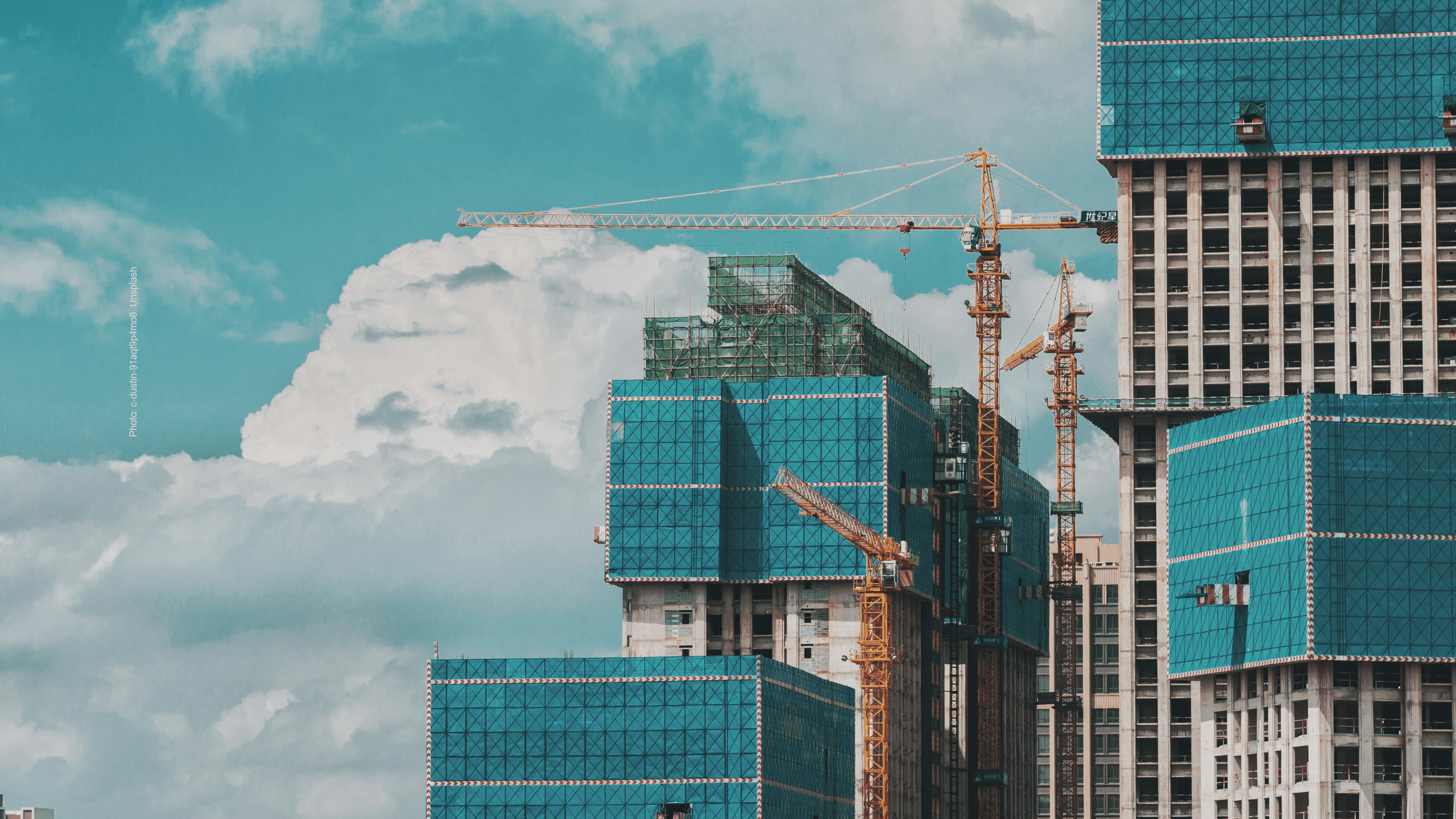Cities Alliance and UN-Habitat Series on
Forced Migration in Cities
Session 3: Internally Displaced People (IDPs)
On 10 December 2020, the Urban Thinkers Campus concluded its three-part virtual series on forced displacement in cities with a session on internally displaced people (IDPs) in urban settings.
The experience of IDPs is often a protracted issue that needs both humanitarian and development interventions. With most IDPs migrating to urban areas, cities are at the forefront of the response. The webinar explored how cities and their partners – from both humanitarian and development side - are taking practical and policy-oriented actions to integrate their IDP populations.
Hosted by UN-Habitat and Cities Alliance, the session featured speakers from international migration organizations (such as IDMC, JIPS and IOM), UN-Habitat, the UN Secretariat of the High-level Panel on Internal Displacement, the city of Dhaka, and Oxford University’s Refugee Centre.
Several key messages emerged from the presentations. IDPs must be viewed as citizens, and securing Housing, Land and Property (HLP) rights for them is crucial. There is also a significant need for evidence on the specific needs of urban displaced and have different vulnerabilities than host populations in vulnerable situations, to better tailor and inform suitable responses. And the question remains how to leverage short-term humanitarian successes for long-term sustainable development.
Scott Lloyd of the Internal Displacement Monitoring Centre (IDMC) shared how IMDC is building an evidence base on internal displacement. The IDMC uses data from different sources – including local partners, social media companies, and mobile phones – to get an accurate idea of people’s mobility. The local efforts to monitor and analyze information on displacement provides a much-needed perspective.
This localized work is counteracting the global picture on internal displacement so we can get really informed and inclusive local policies.
Scott Lloyd, IDMC
Turning to policy, Greta Zeender, a member of the secretariat of the UN Secretary-General’s High Level Panel on Internal Displacement discussed the Panel’s work on how to prevent displacement and support durable solutions. The High-Level Panel is consulting with urban actors, IDPs, and cities to develop formal recommendations on IDPs for the UN Secretary General. One consultation was conducted with actors from the city of Adama in Ethiopia, which in partnership with the Adama University of Science and Technology is undertaking a pilot initiative to integrate its IDPs with support from Cities Alliance.
It is clear that cities really are at the forefront as they are the face of the government when it comes to responding to internal displacement, and cities can lead the way to responding and finding practical solutions to responding to displacement.
Greta Zeender, UN Secretary-General’s High-Level Panel on Internal Displacement
The experience of Adama was also mentioned by Dr. Evan Easton-Calabria, Senior Research Officer for the Oxford University Refugee Studies Centre. She noted that Adama led a coordinated cultural, social, and governmental response that successfully met the needs of IDPs in the emergency phase. The issue now is how to leverage that initial assistance effort and build on what worked for longer-term development.
IDPs talked with us about increasing the platforms for connection and dialogue, extending some of the saving groups to IDPs, or asking that the municipal government offered formal platforms for discussions and exchanges between IDPs and host communities.
Dr. Evan Easton-Calabria, Senior Research Officer, Oxford University Refugee Studies Centre
For a local perspective, Mohammad Sirajul Islam, Chief Urban Planner for Dhaka South, Bangladesh, shared how his city is responding to large numbers of climate migrants. The city has various initiatives to integrate them, notably a city-funded shelter that provides housing, medical services, childcare, and other services to help climate migrants transition into life in Dhaka. But more is needed as flooding and other impacts of climate change will continuously increase migration and displacement in coming years.
We need to invest new and additional funds to lessen the impact of climate change on our people.
Mohammad Sirajul Islam, Chief Urban Planner for Dhaka South
Ibere Lopes, IOM’s HLP Advisor to the Global Shelter Cluster, stressed the importance of addressing land and property issues early in programming while providing humanitarian aid, especially in conflict contexts. The time to deal with land property issues is when the conflict is beginning to subside, when land values increase and IDPs are thinking about returning or integrating locally.
One of the interventions that can be done in the humanitarian context is recording possession, gathering available records, working with multiple informal sources to document occupancy, and mapping to provide a route to eventual validation.
Ibere Lopes, HLP Advisor to the Global Shelter Cluster
Dr. Isis Nuñez Ferrera, Head of Field Support and Capacity Building for the Joint IDP Profiling Service (JIPS), discussed how JIPS uses urban profiling to learn how humanitarian assistance is supporting IDPs towards durable solutions. In Darfur, a pilot program assessed the impact of 15 years of protracted displacement on IDPs and host communities, which, in cooperation with UN-Habitat, led to evidence-based recommendations for further interventions. The profiling revealed that displaced people in peri-urban areas were more vulnerable than people in the camps, which benefited from humanitarian assistance.
Urban profiling is a powerful tool to inform joint action, for but it needs to involve all relevant stakeholders from the very beginning for the data to be actionable. Communities, both displaced and host, are not sufficiently involved in key discussions and decisions. Participatory processes such as urban profiling can be used to capture the voices and knowledge of all urban stakeholders, including displaced communities.
Dr. Isis Nuñez Ferrera, Head of Field Support and Capacity Building, JIPS
Muslim Qazimi, HLP Rights Sub-Cluster Coordinator and Program Manager for UN-Habitat Iraq, shared how UN-Habitat is documenting land rights in Sinjar, Iraq, where many Yazidis were forcibly evicted. UN-Habitat used tools such as the Secure Tenure Domain Model (STDM) to document and register property claims on behalf of both husbands and wives – a first in Iraq. It has also designed an advocacy component to help the initiative survive political changes.
Through the UN-Habitat HLP program, Yazidis’ HLP claims and rights are registered, mapped and they receive their land occupancy documents for the first time in their lives.
Muslim Qazimi, HLP Rights Sub-Cluster Coordinator and Program Manager for UN-Habitat Iraq
It is clear from the rich variety of experiences presented in the webinar that cities and communities are already working on integrating IDPs. It will be important for development partners to work with cities to build on what they are already doing and strengthen these responses for durable solutions.
Watch the recording of the event:
Forced Migration in Cities - Session 1: Close-Up on Latin America
Forced Migration in Cities - Session 2: Most Refugees Live in Cities
Film: Managing Migration in Arua, Uganda
Cities Alliance: Our Work on Urban Migration
Migration and COVID-19 in Uganda: The challenges of urban refugees





